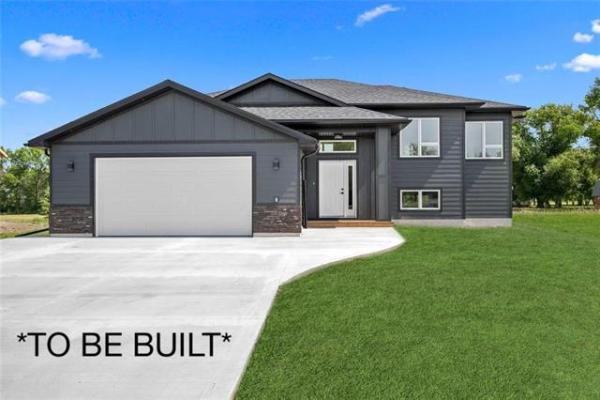QUESTION -- We have just moved into a home that requires some renovating. In particular, we want to focus on the kitchen. One of the features we liked was the reclaimed brick wall between the kitchen and the dining room.
The kitchen is a long, galley style and feels a little claustrophobic. We want new cabinets and wonder if we could remove the wall across from the brick wall. (There's a hallway on the other side.)
Do you have any suggestions to open this space up and what wood stains go with the brick?
ANSWER -- You have two interesting design questions. First, the redesign of your galley kitchen plan, and second, how to work with a rustic brick feature wall.
Galley kitchens were first introduced to residential designs in the late 1920s. This efficient design was borrowed from the galley kitchens found on ships, trains and aircraft at this time. The galley kitchen style is recognizable by its long, continuous cabinet and counter display. This linear design often consists of two banks of cabinetry units facing each other. Space is limited, so there's no room for table and chairs.
To increase storage, vertical space is the way to go. Hanging pots, dish racks and ceiling-mounted cabinets are common.
To successfully redesign your kitchen, you'll need to identify which walls are load-bearing. Obviously, the brick wall will be staying, and is likely the main weight-bearing wall. If the wall separating the kitchen and a hallway is not weight-bearing, you will have greater flexibility for opening this space.
Of course, by eliminating a portion of this wall, you reduce storage space. You may be able to replace a portion of the countertop with a custom-designed island, depending on the width of your hallway and the space your kitchen opens into. The island would offer storage below, while at the same time provide a seating area.
If you remove the upper cabinets, the space will feel more open. If your blueprints indicate this is in fact a weight-bearing wall, you could provide support with strategically placed pillars at each end of the island.
When it comes to selecting the new cabinetry, your options are endless. Reclaimed bricks are equally stylish in a country setting as well as a contemporary, urban kitchen. If a country theme is more your style, a weathered barn-wood door front would complement the rustic ambience the bricks provide.
Equally at home with rustic brick are painted surfaces. Country blue, sage green and butter yellow provide the perfect accompaniment to the russet colour. For a traditional setting, new cabinets in maple, oak, cherry or alder woods would provide an updated look.
Selecting a darker stain will provide contrast to the brick wall. A similar tone will provide a homogeneous effect, but without contrast, the overall effect may become uninspired.
If the tone of the wood is similar to the wall, add visual contrast by installing upper cabinets in varying heights. For a more contemporary and urban feel, consider a high-gloss laminate cabinetry in black, royal blue or brilliant yellow. This sleek contrast to the rustic wall sets the tone for a modern European style.
Stainless-steel cabinetry is an alternate option and perfect for a metro-loft feel. This look can be further enhanced by adding a practical application of clear glass as the backsplash over the brick.
Before you begin removing walls, consult a kitchen specialist.
QUESTION -- I have heard some concern regarding radon emissions from granite countertops. How much of a threat is this and how can I tell if my granite is safe?
ANSWER -- Radon is a naturally occurring radioactive gas that is commonly found below the Earth's surface in many parts of the world. It is caused by the natural process of decaying uranium.
Recently, there has been attention given to home-building products that may emit this gas. As a gas, radon can move freely through rock and soil layers. This doesn't mean every rock formation or soil layer is in contact with this uranium byproduct.
Since radon is a colourless and odourless gas, however, it is possible granite, or other stones for that matter, may be contaminated without anyone's knowledge. Most granite that is used for counter applications has proven to be free from radon.
If you are concerned about your product, contact the Radiation Safety Institute of Canada at www.radiationsafety.ca or call 1-800-263-5803.
-- Canwest News Service



